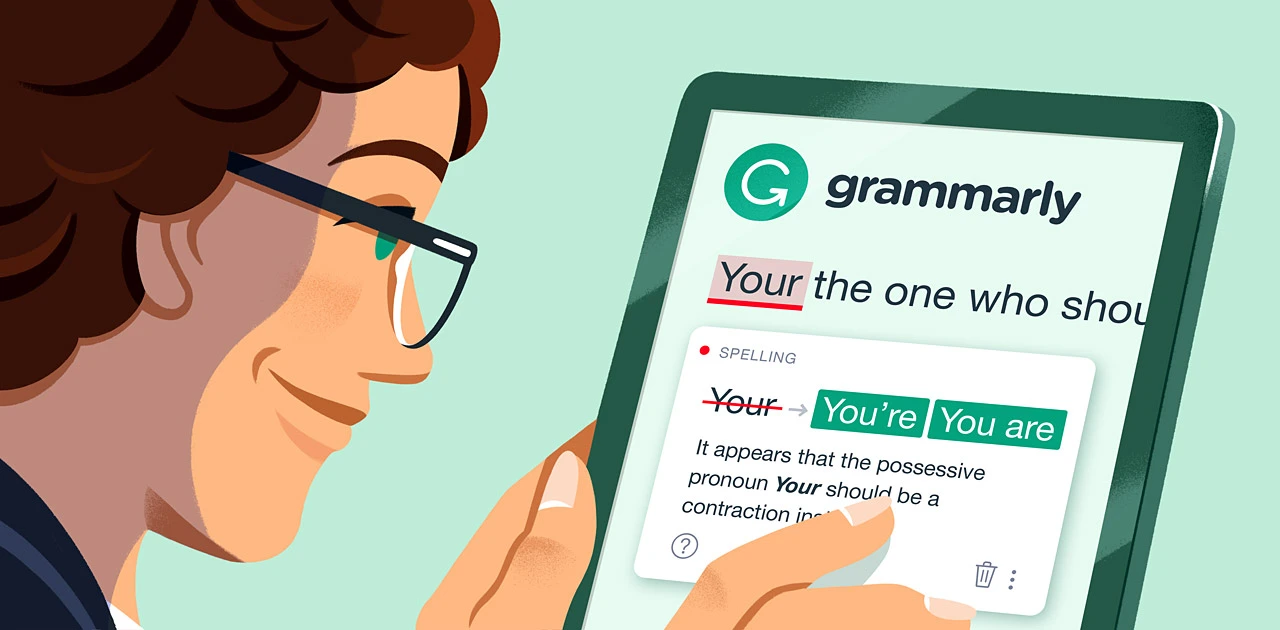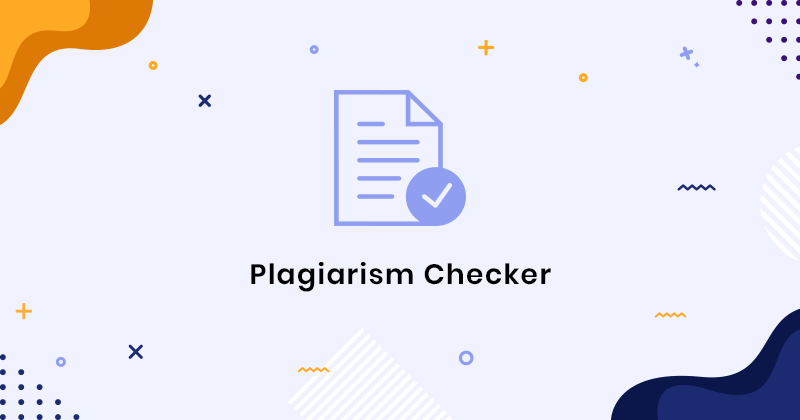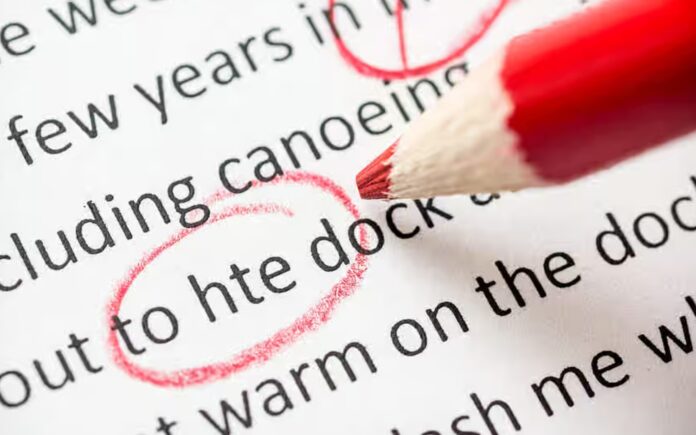Dissertation proofreading involves the checking of superficial inconsistencies and grammatical errors. The quality of your dissertation diminishes when it is full of grammatical errors. Your dissertation should not include only findings and statistical data. There should be proper usage of English and a fixation on grammatical syntax.
Editing and proofreading of the dissertation dictates a clear communication goal. It enhances the quality of the paper and ensures all typographical corrections. Effective proofreading involves refined editing and reviewing of your scholarly work so that it may adhere to the highest academic standards to achieve good scores.
While crafting a dissertation proves to be a demanding and time-consuming endeavour, proofreading is a task that extends beyond an individual’s capabilities. Balancing responsibilities such as assessments and quizzes alongside homework can be challenging for students. To address this, many students opt for dissertation editing services, leveraging the expertise of seasoned editors with years of experience.
Turning our attention to the subject at hand, let’s delve into the realm of dissertation proofreading. To enhance the quality of your papers, acquaint yourself with some practical tips for efficient proofreading.

What Is Dissertation Proofreading?
Dissertation proofreading relates to checking any grammatical or inconsistent errors in text before it is published. Proofreading a dissertation is a systematic approach to spotting errors. Similarly, it also helps in maintaining the academic flow. The three distinctive levels of proofreading include:
- Stylistic editing
- Academic editing
- Structural editing.
A good proofreader identifies and spots the errors. The professionals rewrite and adjust the inaccuracies in your dissertation. Monash University has provided a clear schematic representation of proofreading. See the image below:
Follow the cycle to make your dissertation more professional and refined. Remember to take feedback as it helps you minimise the spotted errors. Jot down all the points on your notepad. Implement those points to remove redundancy in your dissertation.
How to Proofread a Dissertation? Top 10 Tips
Various students got stuck in the dissertation proofreading. It is considered one of the most tricky and time-consuming things. The process deeply involves checking the spelling, punctuation and structural redundancies.
The biggest concern of students is repetition, and they need more guidance to avoid this. We deeply care about our students; therefore, we have crafted some effective tips to follow while proofreading.
Some of the powerful tips are mentioned below. Read these tips to edit and create a meaningful dissertation.

1. Print Out Hard Copies
Increased screen time can tire your eyes and skip the errors. Therefore, a pro tip to follow is to get the hard print of your dissertation. Getting the hard copy of the dissertation makes spotting errors easier. While performing dissertation proofreading, it becomes more flexible to:
- Mark corrections
- Detect the font size, style and text presentation.
- It helps to see the alignment of contextual information.
- Sounds more authoritative and professional.
2. Prepare a Proper Action Plan
Just like you devote proper time to editing, the same goes for proofreading. Spare at least a week or two for dissertation proofreading and editing. Students who edit the night before the deadline might fail to succeed in delivering quality. Build an adequate schedule to follow up.
For example, allot different time slots to the following sections:
- Grammar mistakes and numbering errors must be overlooked within three days. The process will deeply analyse the short and scientific forms, degrees of comparison, etc.
- Dedicate a maximum of two days to correct punctuation errors such as commas, periods, quotation marks, etc.
- Similarly, allot two days to correct spelling errors. For instance, identify the homonym (that sounds the same but is spelt differently, i.e., read and red) and other typographical errors.
- For effective polishing devote two appropriate days to crosscheck the formatting. Arrange the paragraph’s alignment and correct the spacing between the lines. Ensure the headings are clearly incorporated.

3. Read Loudly
The best method of proofreading a dissertation is to read it loudly. Reading louder helps you detect the following:
- Irrelevant sentence structuring.
- Passive voice sentences.
- Fluency and flow of dissertation.
See the proofreading criteria provided by the University of Arkansas at Little Rock mentioned below:
- Read your sentence backwards. This will help you focus on the sentence structuring more deliberately.
- Try reading your dissertation by ensuring the spelling and punctuation.
- Place a ruler under each line once you read it. It will help you read a manageable amount of text.
- Take a regular break and come back to the writing desk to resume proofreading.
- Also, seek help from colleagues or seniors to read your dissertation. Then, collect constructive feedback to refine your dissertation. Productive suggestions will definitely help you in crafting coherent and meaningful information.
4. Proofread in Chunks
Divide the dissertation into small chunks. This is the best way to divide the manuscript into manageable sections. It makes dissertation proofreading much easier. The dissertation division helps you eliminate evaluating the content in one read. Students find it overwhelming and impossible to proofread a lengthy dissertation.
For example, there are five chapters, including the introduction, literature review, methodology, results & discussion and conclusion. Here are some valuable tips for breaking down your dissertation into different sections:
- Adhere to the basic goal, which is to accomplish an accurate dissertation.
- Depending upon the length, make a logical division. For instance, the total length is 8000 for each chapter comprising 1600 words. Pick the most critical chapter, just like methodology and start proofreading it first.
- Set deadlines to complete the divided chapters.

5. Use Editing Tools
Use several editing tools to make dissertation proofreading easier. The specialised software aids in correcting grammatical errors. The editing tools build the credibility of your dissertation. Some of the most popular and efficient tools are mentioned below:
- Grammarly
- Pro-writing aid
- Hemingway editor
The primary purpose of editing tools is to ensure quality in your dissertation. With the help of these tools confirm that there are no lingering mistakes. Also, ensure that sentences are syntactically and grammatically well-written.
6. Remove Filler and Empty Words
Filler words are used to reflect the pauses that we take in our speech. The words are “amm, you know and ah”. These kinds of words fall for misinterpretations and make the dissertation unprofessional.
Therefore, it is advised to remove filler words while proofreading dissertations. By implementing these tips, you will successfully maintain fluency and consistency. Moreover, removing this phrasal context will make your dissertation more focused.
7. Check Acronyms and Abbreviations
Acronyms, initialisms or abbreviations are the contracted forms. While performing your dissertation proofreading, analyse how they are written.
For example, “The UCL eligibility criteria are described as…” Correct it by writing it in full form at the start and after that, place the acronym UCL. Here is the correct version of this sentence: “The University College London (UCL) eligibility criteria are described as…”
Another great way is enlisting all the acronyms on one page of your dissertation. Make sure to count it in your total word count. Confirm that you have properly addressed all the relevant acronyms so readers may find your dissertation easy to understand.

8. Analyse Overall Structure
The most important aspect of dissertation proofreading is to analyse the whole dissertation structure critically. Review each chapter and section by ensuring a consistent flow. You can do the following things:
- Check the page numbers against the table of contents.
- Crosscheck the headings, subheadings.
- Ensure that figures and tables are correctly ordered and captioned correctly.
- Have you implemented the advised criteria by your institute? Make sure that you strictly adhere to the set of instructions provided.
The University of Southampton suggests in the organised guidelines to:
- Increase content flow
- Overview the dissertation structure
- Cite the references properly.
9. Check Reference Style
Adding references in your dissertation proves authenticity. There are various styles of citing a reference. Try to use the one which your institute permits. For example, the different citation styles include
- APA
- MLA
- Chicago
- Harvard
- Vancouver
If you are using Harvard reference style such as
- Andersson, D., 1994. Dissertation. Use this reference in the in-text citation with the author’s name and year (Andersson, 1994).
Try to incorporate the correct references. Make sure that you have correctly cited the references. Other than this you can get dissertation proofreading help by matching the citation style in published work. In this regard, you have to perform internet surfing and research some dissertation samples.
Some of the dissertation samples provided by the University of Leeds are mentioned below:
- An investigation into the early exposure and brand loyalty.
- Electric cars: An investigation into consumer attitudes in the UK car industry.
- Autonomous motivation: the key to employee performance and workplace success?

10. Check Plagiarism
Dissertation proofreading also involves plagiarism checking. A plagiarism-free dissertation is worthy and gets appraisal approval. Plagiarism is solely not limited to text instead it involves graphs, tables and websites.
Text plagiarism can be removed by paraphrasing the sentences. In contrast, infographic plagiarism can be eliminated by providing an original reference to the mentioned thing. The best software to detect plagiarism is Turnitin.
Other than this, Que text also comes at the top of a credible list. Ensuring minimum to zero plagiarism in your dissertation will help you impress committee members. Thus, you will get instant approval accompanied by excellent scores and grades.
How Long Does It Take to Proofread a Dissertation?
As per the University of Manchester, the maximum time span for proofreading a dissertation is one month. However, it may vary depending on the dissertation length. For 80,000 words, it will require at least one month. Besides this, if it’s about chapters comprising 1500 words, then it may require a normal one day.
Is It Easy to Proofread?
According to Touro University, proofreading is a meticulous task. The more effort you put in, the better results you get. Proofreading depends upon how effectively you manage your task. If you manage it deliberately, then it is easy. However, one needs exceptional editing and grammatical skills to ensure excellent delivery.

Conclusion
Although performing dissertation proofreading is a time-consuming task, students need to allocate proper time to proofreading. Use the above-discussed tips, such as reading aloud and getting feedback to sound authoritative.
In contrast, students often face challenges in mastering exceptional and advanced editing skills, especially when pressed by tight deadlines to craft refined dissertations. Faced with these multitasking challenges, students prioritise seeking dissertation editing and proofreading help from The Academic Papers UK. Their team of experts possesses superior editing skills, guaranteeing the delivery of excellent content.








